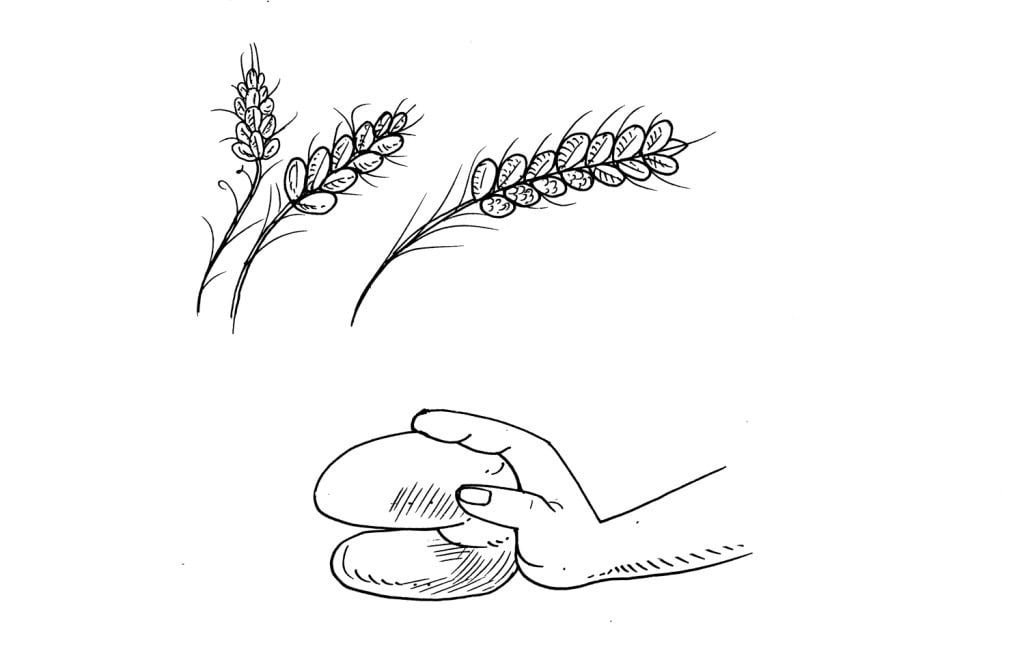
Most flour in English-speaking countries is made from wheat.
There are two types of wheat-hard winter wheat and soft spring wheat. Soft wheat has more starch in it. It is made into soft, powdery cake flour and products that are meant to be tender and crumbly. Hard wheat, with more protein and less starch, is more gritty and coarse. It is better for bread baking because it forms a strong gluten. What is gluten?
Things Required:
2 tablespoonfuls of warm water
4 tablespoonfuls all-purpose flour
Directions:
Mix the flour and water. Roll it into a ball and soak the ball in cold water for 30 minutes. Gently, fold and squeeze the dough under running water. Then knead the dough.
This Is What Happens:
The dough becomes a sticky substance that stretches.
Science Behind It:
All-purpose flour is a blend of both soft and hard flour. When you soak the dough in cold water, you wash away the starch, leaving the proteins. When you knead the dough, these proteins (gliadin and glutenin) interact to form an elastic substance-gluten.
When bread bakes, the tiny bubbles of air get trapped inside the gluten. They make the dough rise a little. Without gluten, there would be no raised bread.
Only wheat produces the gluten that traps these air bubbles. That’s why most bread and muffin recipes call for some wheat-even rye bread and corn muffins.
